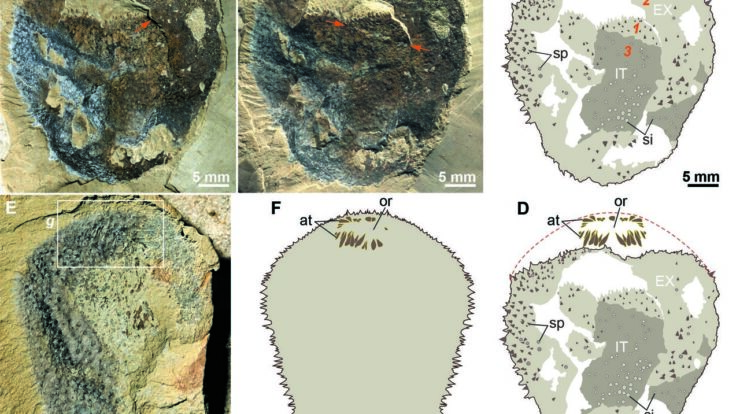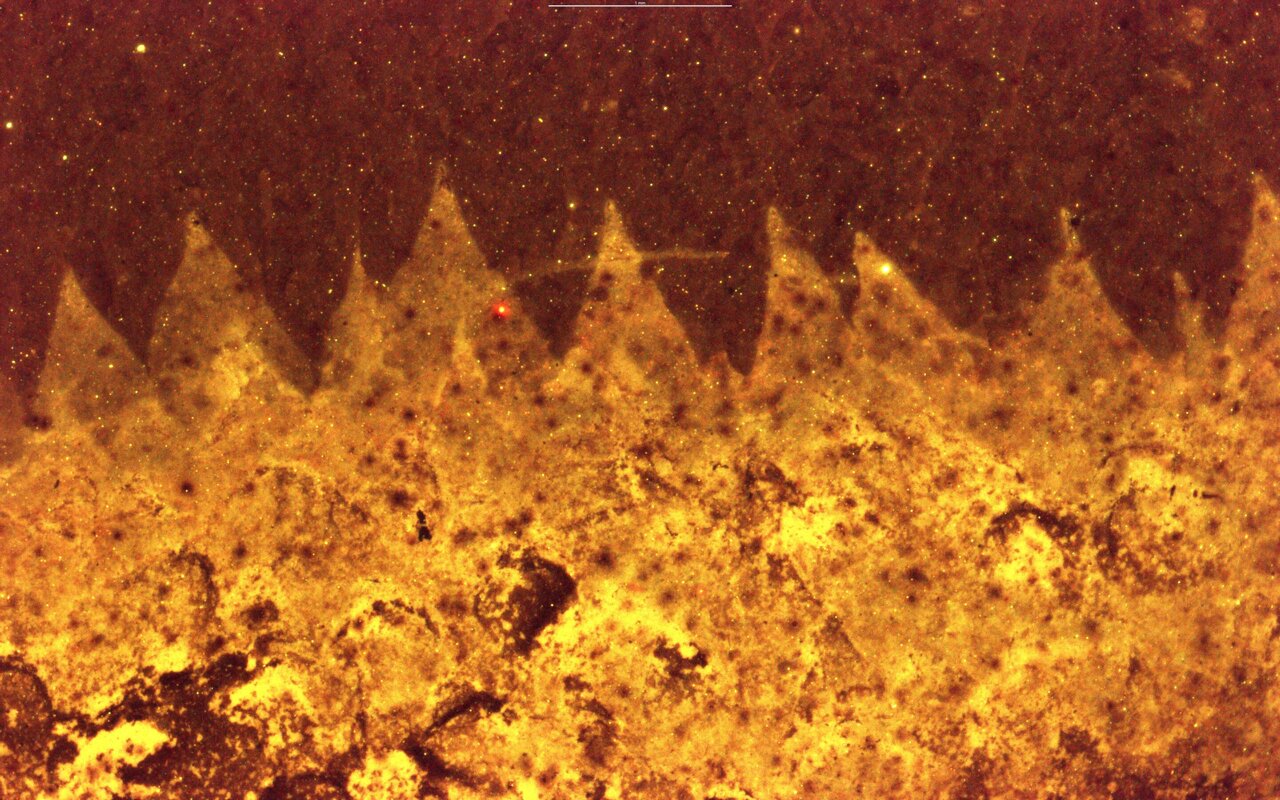
A strange spiky fossil, previously believed to be one of the oldest mollusks, has been definitively reidentified by researchers from Durham University and Yunnan University. They determined it actually belongs to an unrelated group resembling sponges called chancelloriids.

This dramatic discovery is poised to redefine our comprehension of early animal development.
The fossil, named Shishania aculeata, hails from 500-million-year-old Cambrian deposits in Yunnan Province, southern China, a region world-renowned for its remarkably preserved snapshots of ancient life.
At first considered a rudimentary mollusk and possibly a forerunner to contemporary snails, slugs, and clams, Shishania was thought to exhibit characteristics similar to those seen in mollusks, such as a muscular foot and distinct mineralized spines.
Nevertheless, a fresh global research initiative spearheaded by Durham University has been initiated.
published
in
Science
presents a vastly contrasting image.
The researchers stated that the newly discovered fossils indicate that Shishania does not belong with mollusks; rather, it bears a strong resemblance to an ancient group known as chancelloriids (organisms shaped like bags adorned with protective spines, attached to the seafloor during the Cambrian period).
The researchers, using better-preserved specimens and advanced imaging techniques, discovered that many of the features previously thought to indicate molluscan affinity were in fact misleading artifacts of fossilization.
For instance, what was thought to represent a “foot” turned out to be due to distortions occurring during the fossil’s preservation, a phenomenon termed a “taphonomic illusion.”
Dr. Martin Smith, who co-authored the study from Durham University, stated, “The ancient fossils surprisingly acted as experts at camouflage. Shishania appeared to exhibit all the characteristics one would anticipate from an early mollusk predecessor.”
“But as it dawned on us that the mollusk-like outlines of the fossil material represented a work of fossil origami, we were led to re-examine each other part of the interpretation in turn.
The puzzle began to unravel when we discovered chancelloriids preserved in a remarkably similar manner within the same layer of rock.
This reclassification holds particular importance since chancelloriids are a mysterious group found exclusively in Cambrian rock layers, vanishing approximately 490 million years ago.
Although they may appear similar to sponges on the surface, their bodies are decorated with star-shaped spicules featuring an elaborate microstructure that suggests potential links to more advanced organisms.
Shishania’s remarkably basic spines indicate that chancelloriids evolved their elaborate spikes independently, rather than modifying existing skeletal elements.
This reveals significant insights into the evolution of intricate body structures during the Cambrian explosion—the rapid diversification event that led to the emergence of all current animal phyla.
Dr. Smith acknowledged that the fossils initially appeared to support his longstanding hypotheses regarding ancient mollusk predecessors: “When Shishania was introduced last year, I was excited—since it resembled the primitive ‘ slug-like’ creatures I had envisioned for years. However, the fresh specimens from our Chinese counterparts compelled me to reassess all my previous conclusions.”
Additional examination uncovered that patterns previously believed to signify molluscan biology, like a ‘paintbrush-like’ arrangement in the spines, were actually just preservation anomalies since this identical patterning appeared haphazardly throughout the fossils.
The process of compression and distortion during fossilization has also caused these simply cylindrical creatures to seem more anatomically intricate than they actually were.
This reinterpretation impacts our comprehension of chancelloriids as well as aids in categorizing other unclear Cambrian fossils.
It raises queries regarding the early evolution of mollusks and warns against drawing overly definitive conclusions from unclear fossil traits.
Simultaneously, this aids in strengthening our understanding of the origins of chancelloriids and provides new perspectives on the development of evolutionary innovations.
The research highlights the significant part played by China’s rock layers abundant with fossils and shows how global cooperation is reshaping our comprehension of the initial pages of life’s story.
More information:
Jie Yang et al state that Shishania is a chancelloriid and not a Cambrian mollusk.
Science
(2025).
DOI: 10.1126/science.adv4635
.
www.science.org/doi/10.1126/science.adv4635
Provided by Durham University
The tale was initially released on
Dailyexe
. Subscribe to our
newsletter
For the most recent science and technology news updates.





